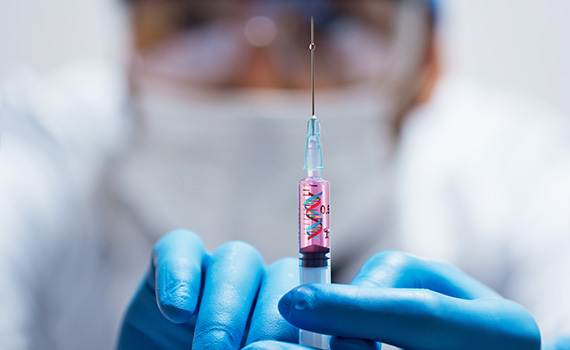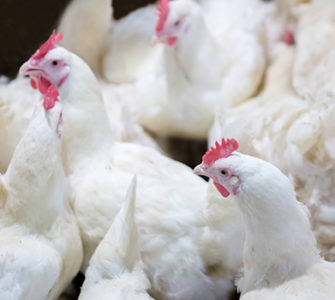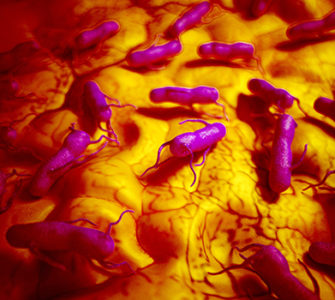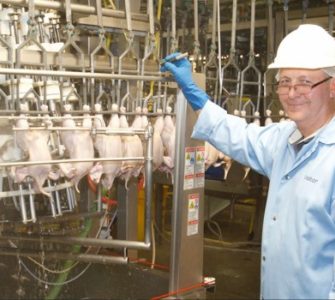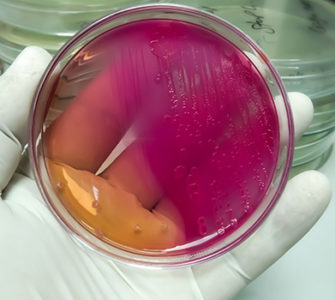Is incentivized vaccination the answer to poultry’s public-health woes?
Governments and retailers should incentivize broiler producers to make better use of vaccines that could help protect public health, according to an expert in poultry infections.
Professor Mark Stevens, research director at the UK’s Roslin Institute & Royal School of Veterinary Studies, said that vaccinations being developed by researchers could help stop bacteria such as E. coli, Campylobacter and Salmonella from finding their way to consumers through poultry meat.
But he said even when effective vaccines are created, it can be difficult to expect producers to invest in them when they seem to offer little direct value to their businesses.
Speaking at the 2017 World Veterinary Poultry Association conference, Stevens said creating workable vaccines that effectively tackle bacteria in flocks is only part of the challenge in eradicating harmful bacteria from poultry production.
Government mandates
“We can make these things, but there’s a question of why it happens,” he said. “Most farmers can produce birds even if they have Campylobacter in their flock, so why should they buy the vaccine?
“For that we need governments to step in and mandate that it has to be used, or maybe retailers could offer a premium to producers who vaccinate because they’ll be able to say the products meet quality-assurance standards.
“We haven’t worked that out yet, but [to incentivize producers] it requires robust evidence that the vaccine really makes a difference to the farm.”
Stevens’ comments came as he described to delegates the work he and his team are doing to develop vaccines against bacteria that can be transmitted through the supply chain to people.
Escherichia coli, Salmonella and Campylobacter represent a significant issue to human health, with Campylobacter alone thought to affect over half a million people in the UK every year, Stevens said.
Convincing producers
By studying the thousands of genes inside bacteria, his team hopes to get a better understanding of how they latch onto birds and colonize in poultry flocks.
From there they can identify targets for new drugs and vaccines that remove the infection from birds and prevent it from reaching people in the first place.
While progress is being made in creating new treatment strategies, Stevens said the challenge remains of convincing producers that it is beneficial to use them — especially in broiler systems, where the lifecycle of birds is so short.
To tackle the issue, he said producers need to have a better understanding of what the bacteria can do to their birds’ wider health and productivity.
“Many farmers believed Campylobacter was a harmless ailment of the chicken gut, but there’s evidence emerging that it carries a cost to their health,” he said.
“The same goes for E. coli; it can cause death, particularly in early life, or it can weaken a bird so that secondary infections, particularly airway disease, can take hold.
“We need farmers to understand what these bacteria can do and make efforts to cut them out of their flocks completely.”
Posted on December 7, 2017



